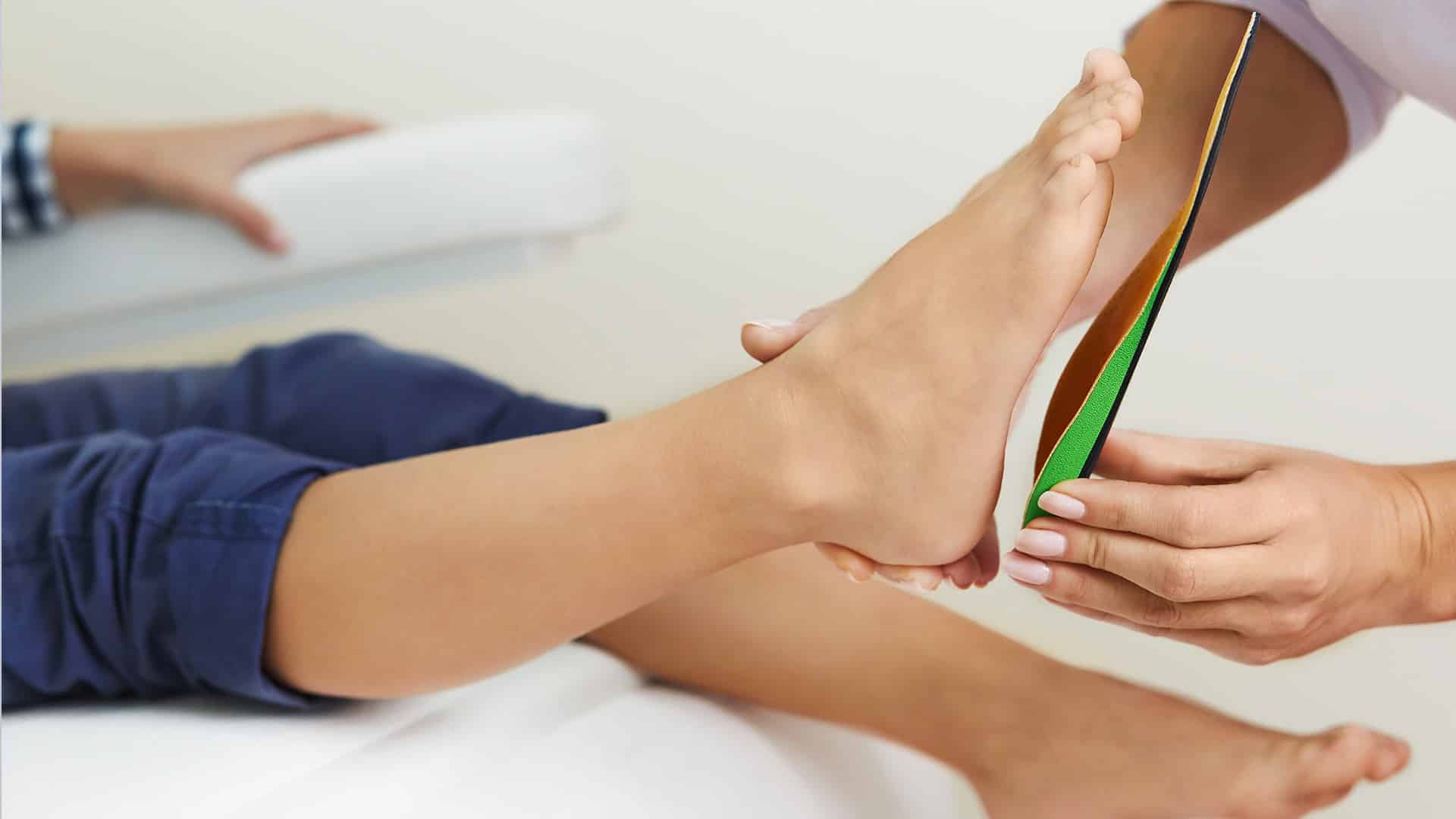Foot Wound Care During Spring and Summer
Understanding Common Foot Wounds in Spring and Summer
As the seasons change from winter to spring and summer, many people look forward to engaging in outdoor activities, enjoying the warmth, and embracing the beauty of nature. However, this time of year also brings specific challenges for foot health, especially concerning foot wounds. University Foot Associates is committed to helping you navigate these challenges effectively, ensuring that your feet remain healthy and free from complications.
Blisters: Causes and Prevention
Blisters are fluid-filled sacs that form on the skin due to friction. They are common during warmer months when people tend to wear new shoes or sandals. To prevent blisters:
- Choose Proper Footwear: Wear shoes that fit well and are appropriate for your activity.
- Use Moisture-Wicking Socks: These socks reduce friction and keep your feet dry.
- Break In New Shoes Gradually: Avoid wearing new shoes for extended periods until they are adequately broken in.
Cuts and Scrapes: First Aid and Care
Minor cuts and scrapes are common, especially when walking barefoot or wearing open-toed shoes. To care for these wounds:
- Clean the Wound: Rinse the area with clean water and mild soap to remove dirt and bacteria.
- Apply an Antiseptic: Use an antiseptic solution to prevent infection.
- Cover with a Bandage: Protect the wound with a sterile bandage to keep it clean and dry.
Puncture Wounds: When to Seek Medical Attention
Puncture wounds, such as stepping on a nail, can be particularly dangerous because they introduce bacteria deep into the tissue. Seek medical attention if:
- The wound is deep or large.
- There is excessive bleeding.
- Signs of infection, such as redness, swelling, or pus, are present.
- You have not had a tetanus shot in the past 10 years.
When to Require More Than First Aid
While many minor foot wounds can be treated at home, there are situations where professional care is necessary. You should see a podiatrist if:
- Wounds are not healing within a reasonable timeframe.
- There is increased pain, redness, or swelling.
- You have underlying health conditions, such as diabetes, which can complicate healing.
- There is any sign of infection, such as fever, red streaks, or foul odor.
Summer Heat and Diabetes: Managing Foot Health
For individuals with diabetes, the summer heat can exacerbate symptoms like swollen feet, which can lead to more severe complications if not managed properly. The following tips can help:
- Stay Hydrated: Drink plenty of water to help reduce swelling.
- Wear Supportive Footwear: Choose shoes that provide good support and avoid standing for long periods.
- Monitor Blood Sugar Levels: Keep a close eye on your blood sugar levels, as fluctuations can affect foot health.
- Inspect Your Feet Daily: Look for any signs of injury or infection and seek prompt medical attention if necessary.
Cuts and Scrapes: First Aid and Care
Diabetic individuals are at higher risk for foot wounds due to neuropathy and poor circulation. It’s crucial to:
- Maintain Proper Blood Sugar Levels: This can aid in faster wound healing and reduce the risk of complications.
- Regular Foot Examinations: Regular check-ups with a podiatrist are essential to catch potential problems early.
- Proper Wound Care: Follow a strict wound care regimen, including cleaning, dressing, and monitoring the wound.
As spring and summer bring opportunities for outdoor fun, they also come with risks for foot injuries. Proper wound care, timely medical attention, and preventive measures are crucial to maintaining foot health during these seasons. University Foot Associates is dedicated to providing expert care and advice to help you keep your feet healthy and enjoy the warmer months without worry. Remember, when in doubt, always seek professional medical advice to ensure the best outcomes for your foot health.




